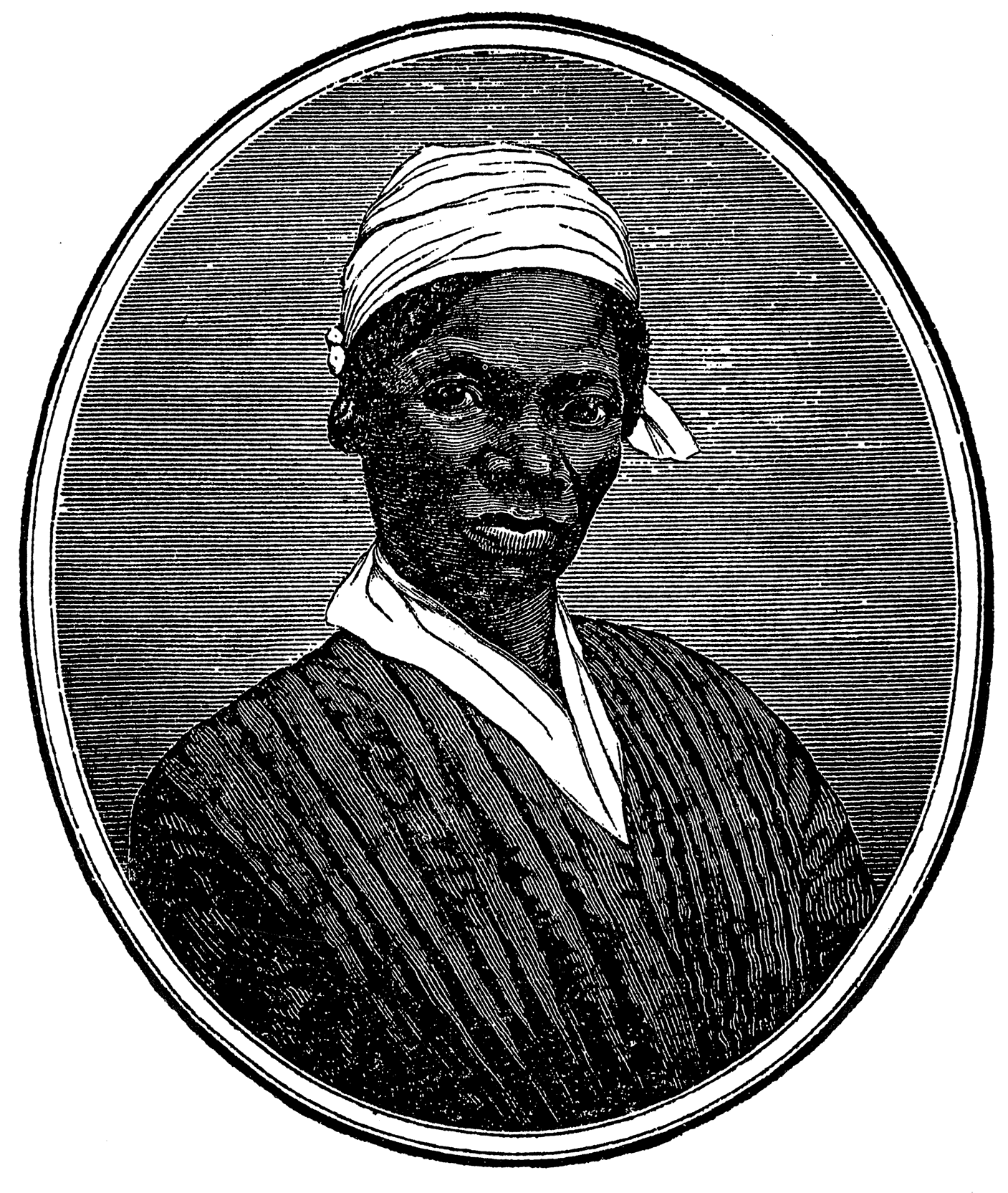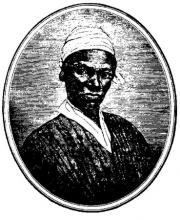
1797 - 1893
In 1843, Truth joined the Northampton Association for Education and Industry in present-day Florence, Massachusetts. At the Association, Truth met William Lloyd Garrison, Frederick Douglass, and David Ruggles, all of whom influenced her beliefs on abolitionism and women’s rights.
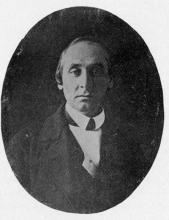
1808 - 1879
In 1833, Connecticut farmer George Benson became a leading supporter of Prudence Crandall and her school for black children. In 1834, Benson’s sister married William Lloyd Garrison. Benson married Catherine Stetson, sister of James Stetson. In 1841, the Bensons moved to Northampton where George and three others purchased the buildings and property of the bankrupt Northampton Silk Company and formed the Northampton Association of Education and Industry.
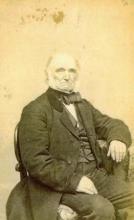
1801 - 1893
In 1842, James Stetson’s good friend and former Connecticut neighbor, George Benson, helped found the Northampton Association for Education and Industry. Benson offered Stetson the job of selling the silk thread from the Northampton Association to merchants in Boston. James accepted; his family moved to the boarding house at the Association.
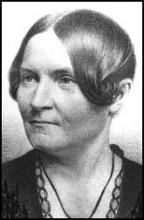
1802 - 1880
Her most famous activist work was a historical and social analysis of the situation of African-Americans in the United States, An Appeal in Favor of That Class of Americans Called Africans (1833). She was elected to the executive committee of the American Anti-Slavery Society in 1839. She and her husband moved to Northampton to grow sugar beets, as a protest against cane sugar production in the West Indies and Brazil which relied on slave labor.
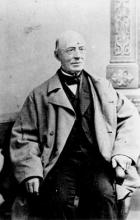
1805 - 1879
In 1832, William Lloyd Garrison founded the American Anti-Slavery Society. As an advocate for the immediate abolition of slavery, Garrison had a loyal following, but also a large opposition. He promoted his opinion using moral suasion, attempting to convince people of the immorality of accepting the existence of the unjust and degrading system of slavery. Furthermore, Garrison aligned his group with the growing women’s movement. He believed women should be equal partners in both the anti-slavery movement and in society at large.
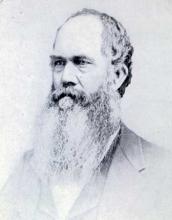
1806 - 1882
In 1836, Samuel Hill helped found a male anti-slavery society and took part in abolitionist meetings across eastern Connecticut. Through these anti-slavery connections, Hill met George Benson and other Brooklyn activists. Hill joined George Benson and others in purchasing the buildings and property of the bankrupt Northampton Silk Company. Together, Hill, Benson, and five other men co-founded the Northampton Association.
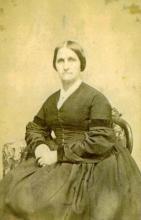
1807 - 1889
The Stetsons became involved in the Eastern Connecticut anti-slavery movement. Prudence CrandallIn 1833, Prudence Crandall, a Quaker schoolteacher in Connecticut, admitted an African-American student to her private school. Townspeople protested greatly and Crandall was arrested. Her case became an inspiration for abolitionists across New England. opened a school for black children, despite virulent opposition from many town members. Crandall’s case became a rallying point for the national abolition movement. In 1842, Dolly and her husband joined the Northampton Association of Education and Industry largely because of the educational opportunities for their children.
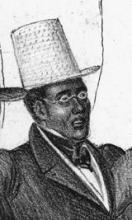
1810 - 1849
David Ruggles recognized that the most powerful tool accessible to him was the press. He began by canvassing for subscribers to The Emancipator, and by 1834 was writing regularly for the paper. These activities led Ruggles and other black activists to form the New York Committee of Vigilance. Ruggles was a major participant in the Underground Railroad; he claimed to help over 400 slaves to freedom in the 1830s.

1818 - 1895
Douglass became a regular speaker at anti-slavery meetings and conventions across the North, gaining notoriety and influence through his skill as an orator. During trips in the 1840s, Douglass visited the NAEI and remarked on the spirit of equality among its members. Portrait of Frederick Douglass by an unidentified artist. Courtesy National Portrait Gallery, Smithsonian Institution, Washington, D.C.
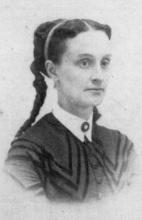
1828 - Date of death unknown
Almira’s parents became increasingly involved in the local abolitionist movement while living in Brooklyn, Connecticut. In 1842, her parents moved to Northampton to join the Northampton Association of Education and Industry. Pictured is Almira’s sister, Lucy Stetson.

